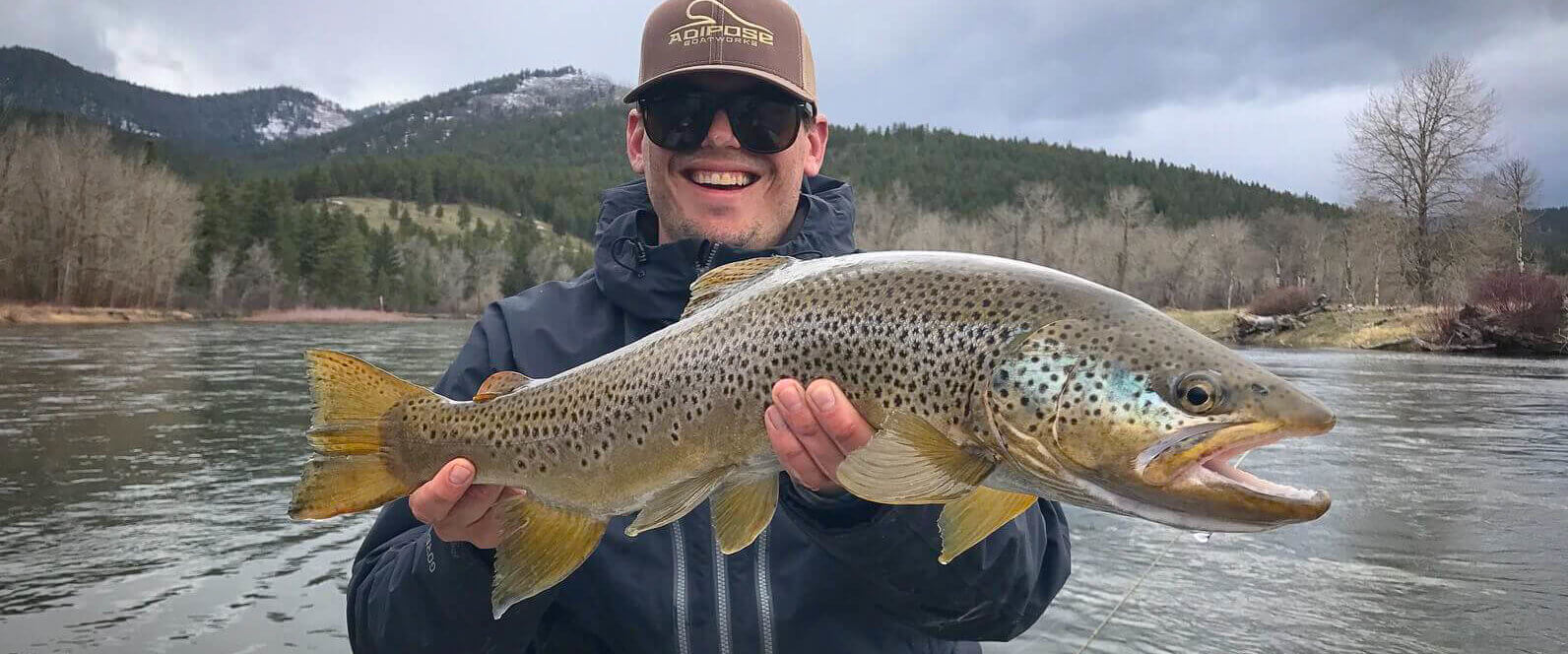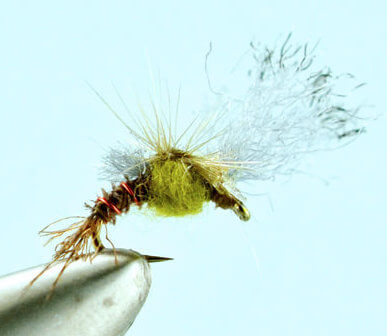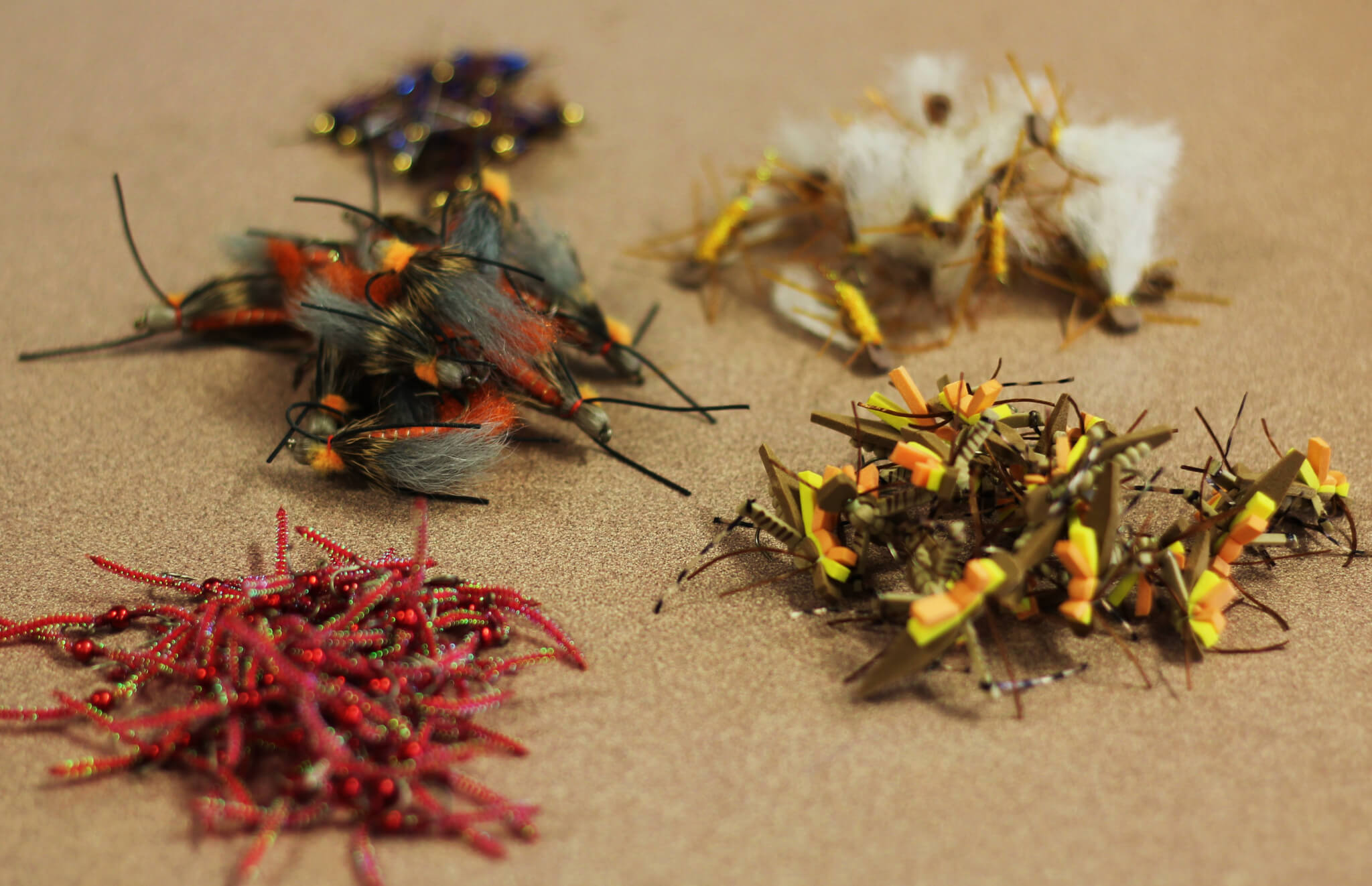7 Tips for Fly Fishing the Blue Winged Olive Hatch
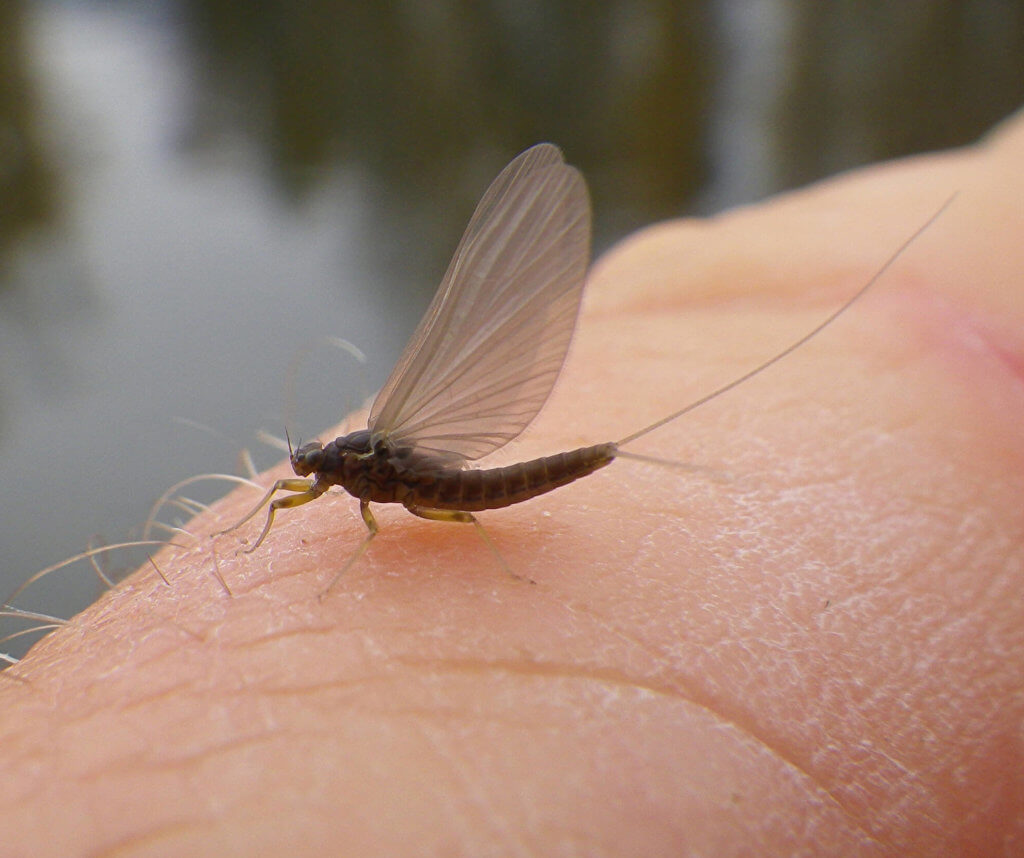
-Tip #1 Black Post
It’s no secret cloudy days bring on the best Blue Winged Olive hatches in Montana. However, cloudy days often creates a whiteish glare on the water, making it difficult to find your size 18 BWO! Many parachutes have white posts, but the white reflection from the clouds can make it nearly impossible to see that white post. Flies like the Quigley’s Split Flag with a black post instead of white will stick out like a sore thumb on the water making your pattern much easier to see in the glare.
-Tip #2 Swinging Soft Hackles
Many times while fishing the Blue Winged Olive in Montana, you’ll find fish feeding just below the surface, ignoring your dry fly. These actively feeding fish are taking BWO’s coming to the surface. There are ways to target these feeding fish. One is the dry dropper, with short tippet to your dropper to control its depth. You can also swing a soft hackle through the pod of trout. The dry dropper can be tricky. Sometimes the dry will spook the fish, while getting the nymph at perfect depth and speed is challenging. A soft hackle is swung by quartering your cast just upstream from the feeding fish, and allowing the soft hackle to swing down through the feeding trout. Use light tippet, keep your line tight and rod tip low so you can feel the strike. This tactic can be especially effective right before the hatch and during the hatch for fish that are still taking emergers just beneath the surface.
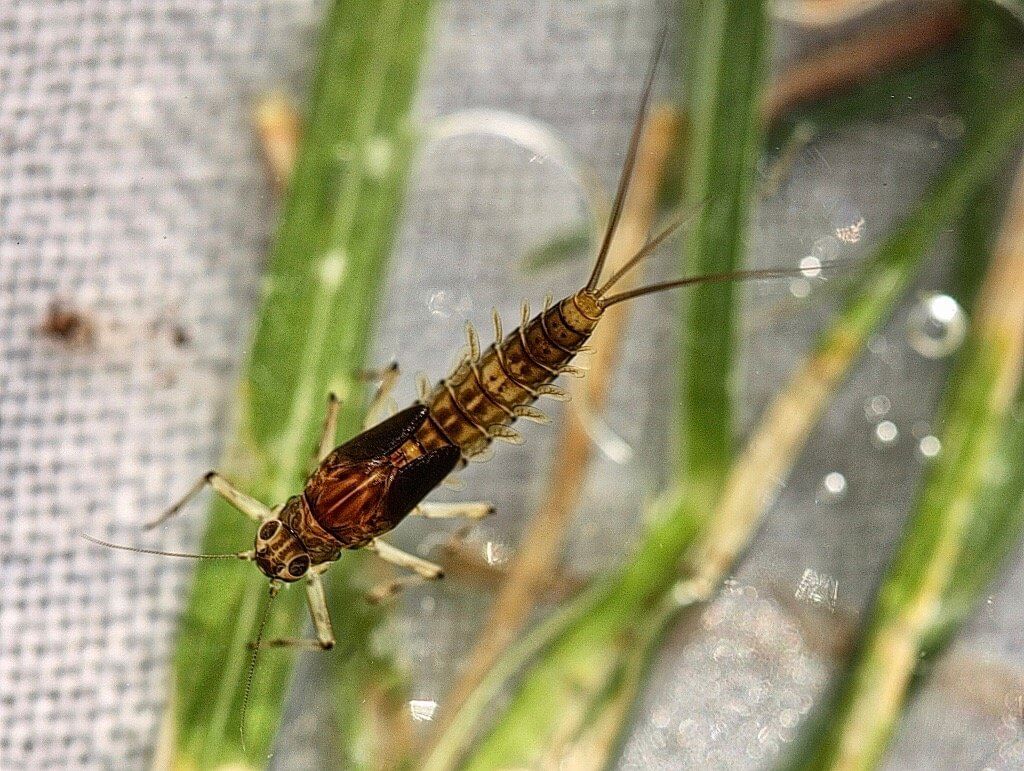
Photo by Bob Henricks
-Tip #3 Statue Of Liberty
Small flies are tricky to fish. Light tippets and tiny flies mean you need to be gentle on the hook set. In the intensity of matching the hatch, and then the excitement of the rise, it’s easy to over strike. Very little is more frustrating than snapping your fly off in the fish by setting the hook too hard. Our fly fishing guides see it all the time. When running 5X or 6X, the best way to set the hook is not with your forearm, but with a smooth lift of your entire arm. The goal is to end up looking like the Statue of Liberty. Once you feel pressure, slow your arm down and allow the fish to run with a drag set loose. With the Statue of Liberty hook set, your rod is in the perfect position to protect fragile tippets at the strike. For those not used to fishing tiny flies and fine tippets, this may well be the most important tip to improve your success during the BWO hatch.
-Tip #4 Long Leaders
The classic Montana dry fly leader is about 9’ long. Large fly patterns don’t require as much length. Fishing small Mayflies is a whole different game. Often the Blue Winged Olive are found in fairly slow water. Slow water allows the fish to take a long look at your fly. A natural colored fly line keeps spooking to a minimum, and you should be fishing longer leaders. Longer leaders allow the fly to float more freely, as well as keeping the relatively heavy fly line away from the trout. Although a leader this long is more difficult to control when casting, It’s often the difference between catching 1 or 2 fish to catch 20+ fish for the day. We often fish 12-15 foot leaders when fishing this hatch.
-Tip #5 Reach Cast
If you haven’t learned the reach cast, then spend some time mastering it. Not only is it the most effective way to fish small mayflies, it will also come in handy in many other situations. The reason it’s so effective for Mayflies is simple. Mending a small Mayfly is not easy, at best sinking the fly and ruining the drift. At worst, a too heavy mend may put down every trout in the pod. The Reach cast is an aerial mend. The fly lands softly without sinking, the line is mended for a proper drift, with no disturbance to the water. If you don’t know how to do a reach cast, our guides will be happy to show you this incredibly useful casting technique.
-Tip #6 Quarter Down
When trout are actively feeding on Blue Winged Olives in Montana, they tend to sit pretty high in the water column. Trout burn less calories in this position because they have to move less. But close to the surface makes for spooky fish. We see many fisherman casting upstream to feeding fish. This technique often spooks fish when the fly line lands on their head. The best way to fish BWO’s, and most mayfly hatches, is with a downstream approach. Quartering downstream is the ideal position for downstream presentation- fishing directly downstream would be our second choice. This technique allows the angler to present the fly first, instead of the fly line or leader being the first thing the fish sees. The downstream presentation keeps your tackle out of the fish’s line of sight till it’s too late. Bear in mind, you need to pause on your hook set till the fish has the fly firmly in its mouth. With an upstream presentation, the hook set pulls the fly back against the trout’s mouth, which is how the hook is designed to function. When fishing downstream, it’s very easy to pull the fly out of the fishes mouth. Let the fish close its mouth before using the Statue of Liberty set. Classic fly fishing literature recommends saying “God save the Queen” before setting the hook. Good advice for downstream presentation.
Tip #7 Cover Your Basis
The Blue Winged Olive hatch can be a blanket hatch on Montana rivers, covering the water with multitudes of insects. When this happens, the fish will often focus on a specific stage of the emergence- Adult, cripple, emerger or spinner. It pays to have a wide variety of BWO’s so you can match the phase they’re feeding on. Also know that the fish will change stages as the insects change in prevalence, so if your fly stops working, don’t doggedly fish it. Start changing to find the new stage they’re on. If you don’t have a lot of flies to call on, pick your fly and then move your feet. Instead of staying in one place and deciphering what those fish are eating, head off and find a fish that will eat what you’re throwing!
